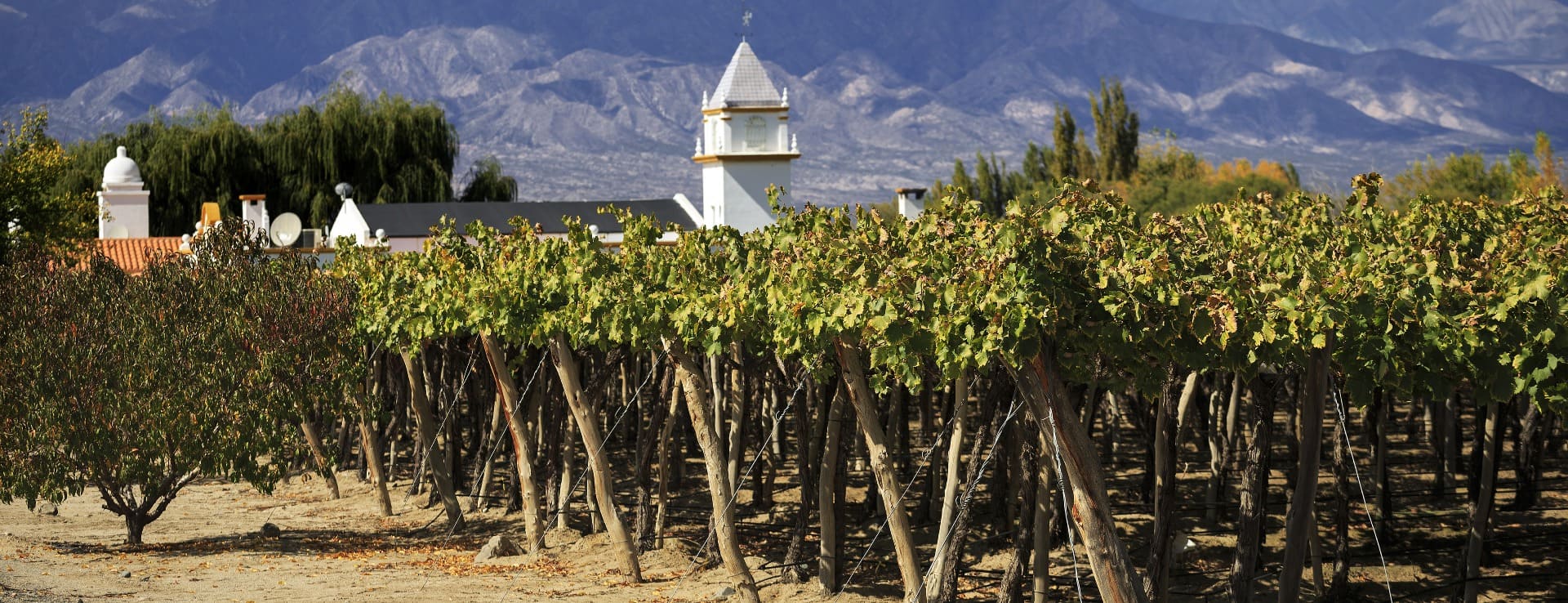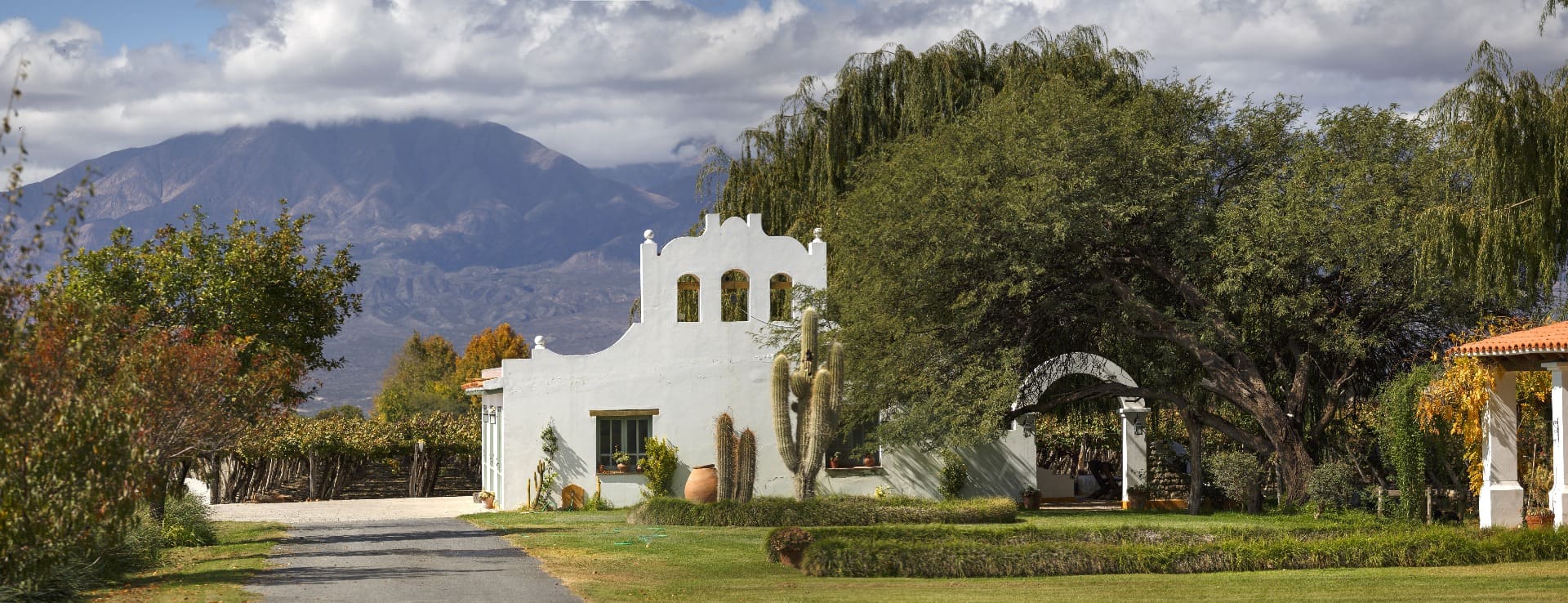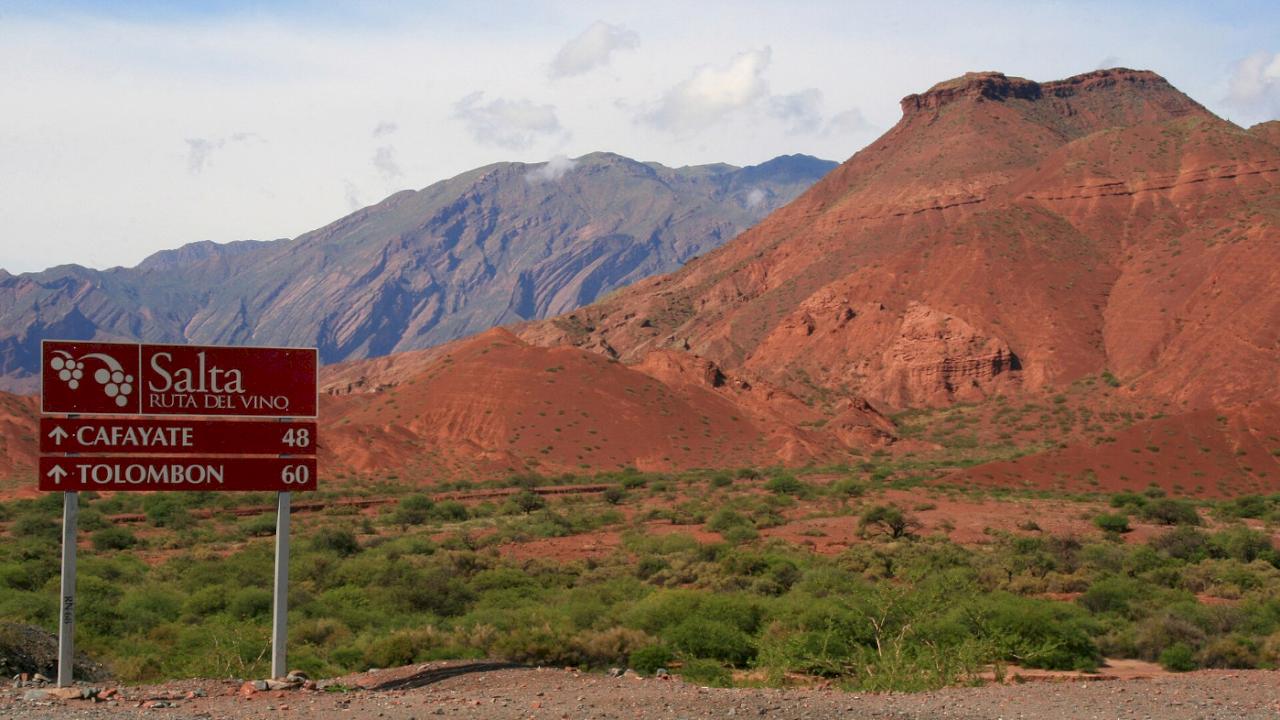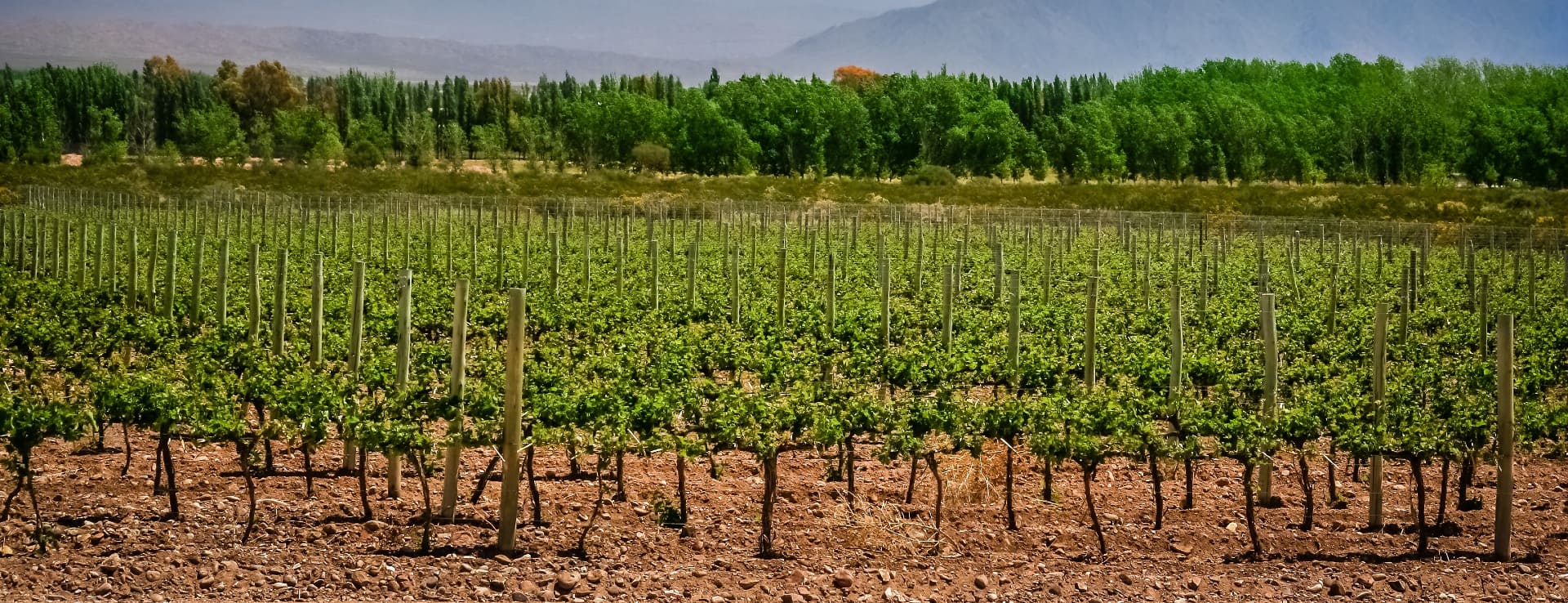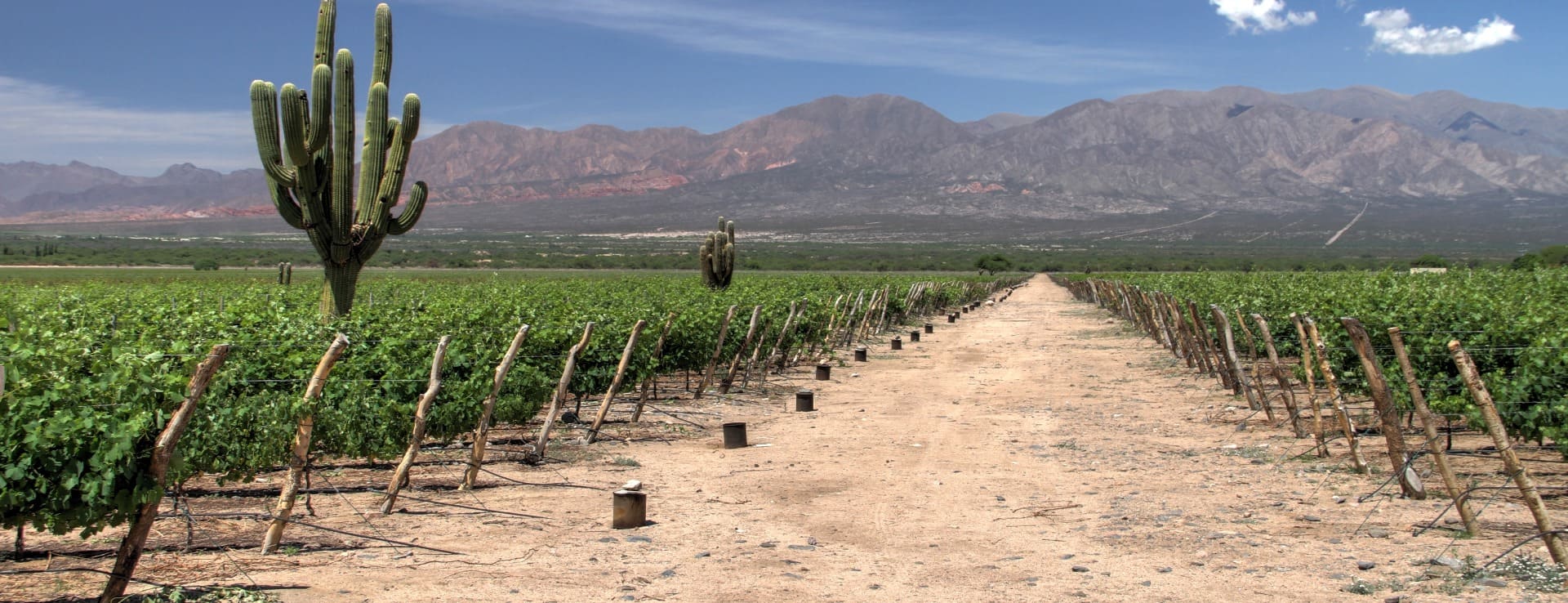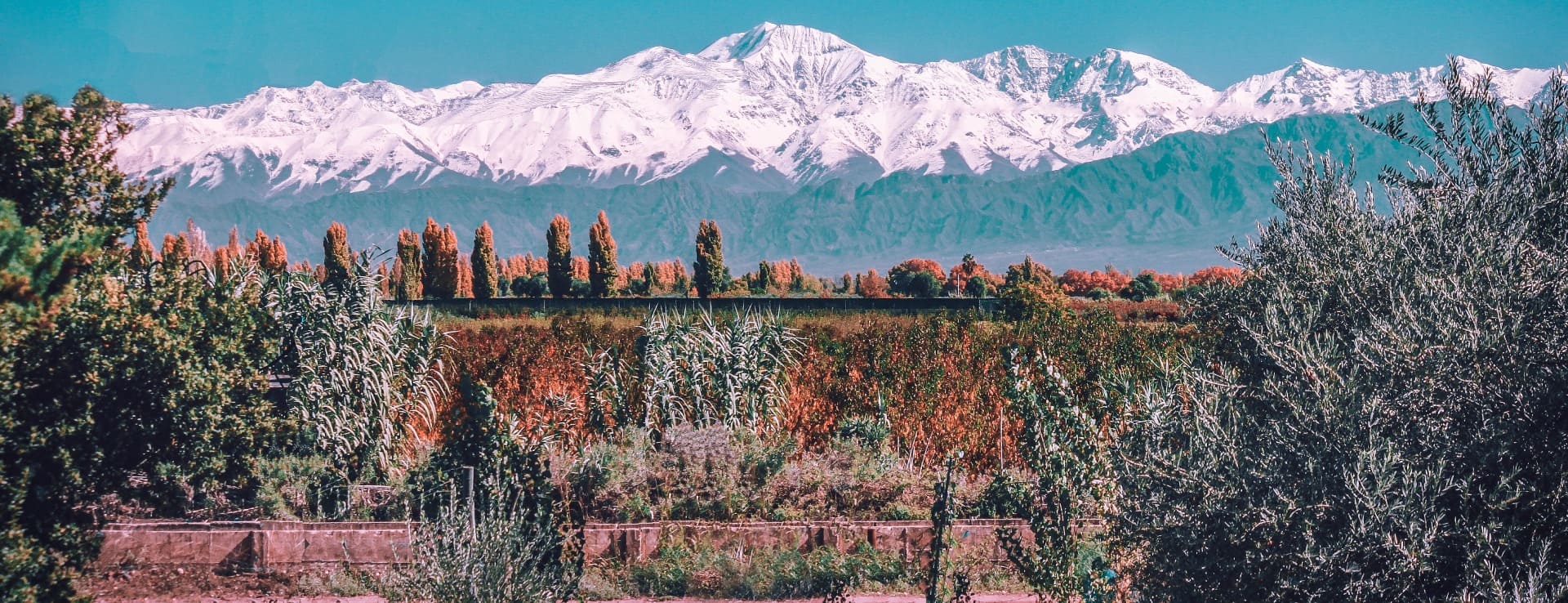Find your winery or vineyard
3 Wineries and Vineyards for sale in DO Salta
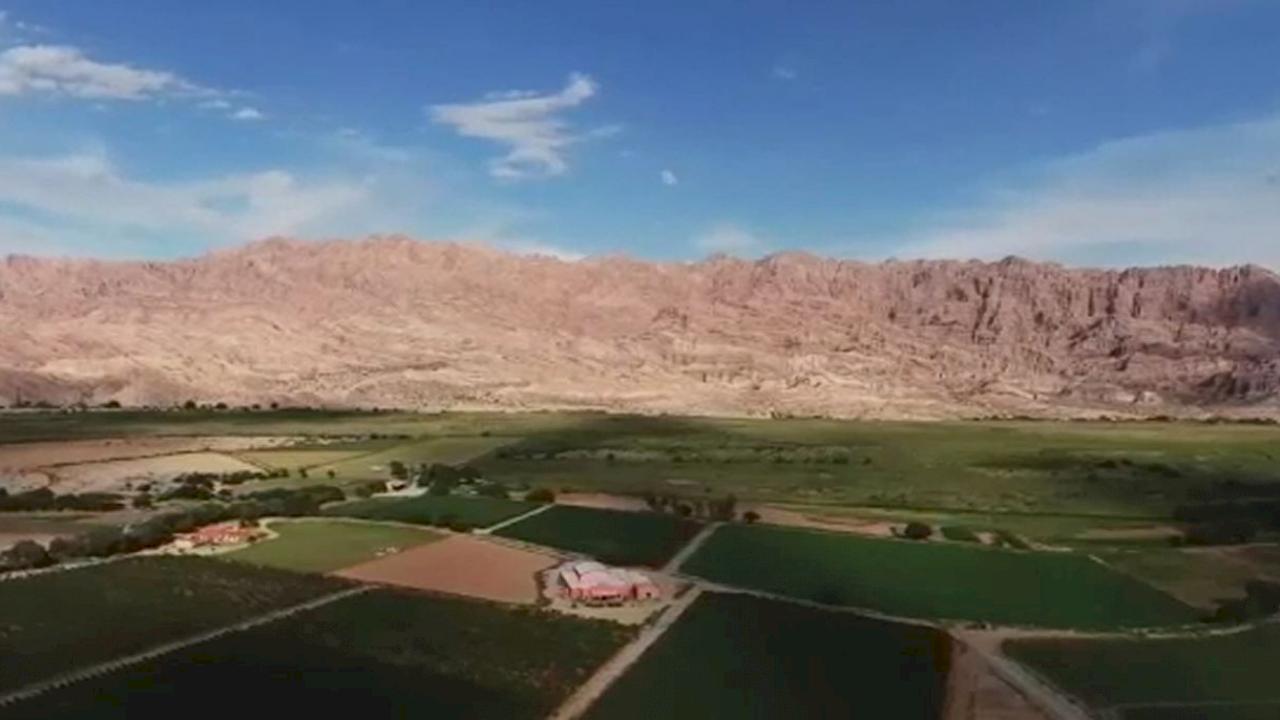
Winery with 67 hectares, 13 hectares of vineyard in Salta.
DO Salta
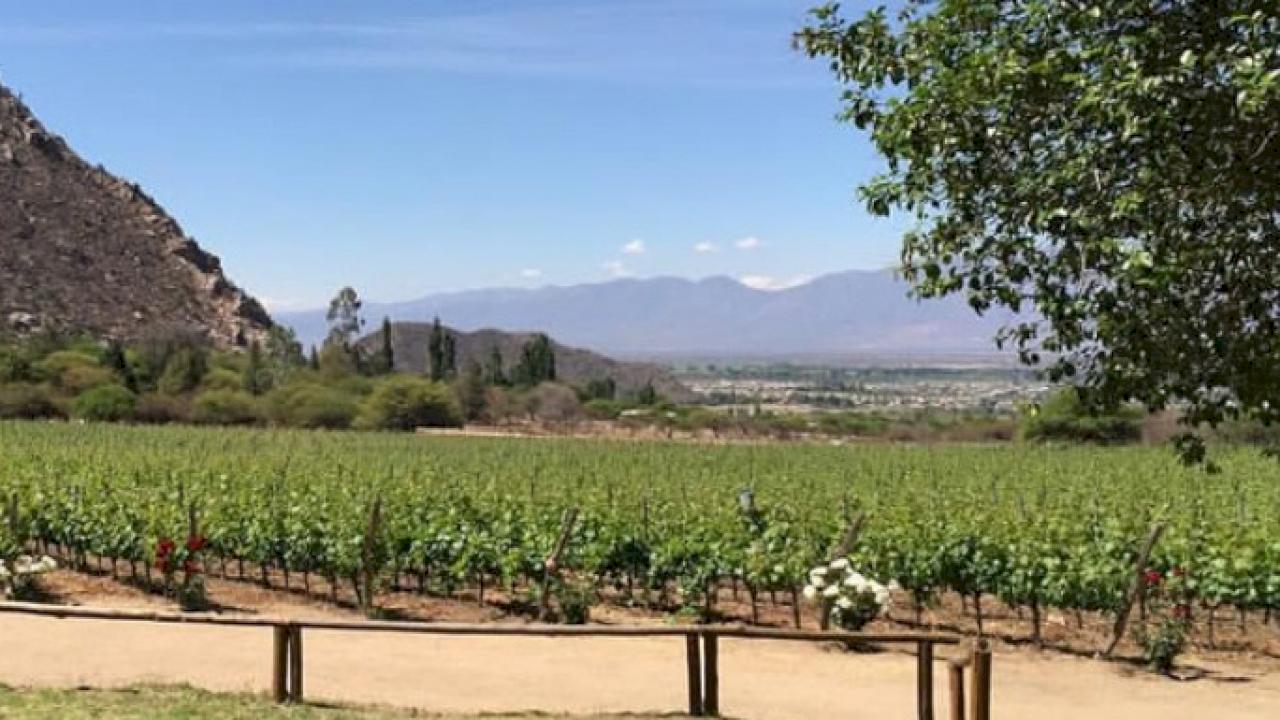
Small winery with house and 14 hectares of vineyard in Cafayate
DO SALTA
Infographic of the Denomination of Origin
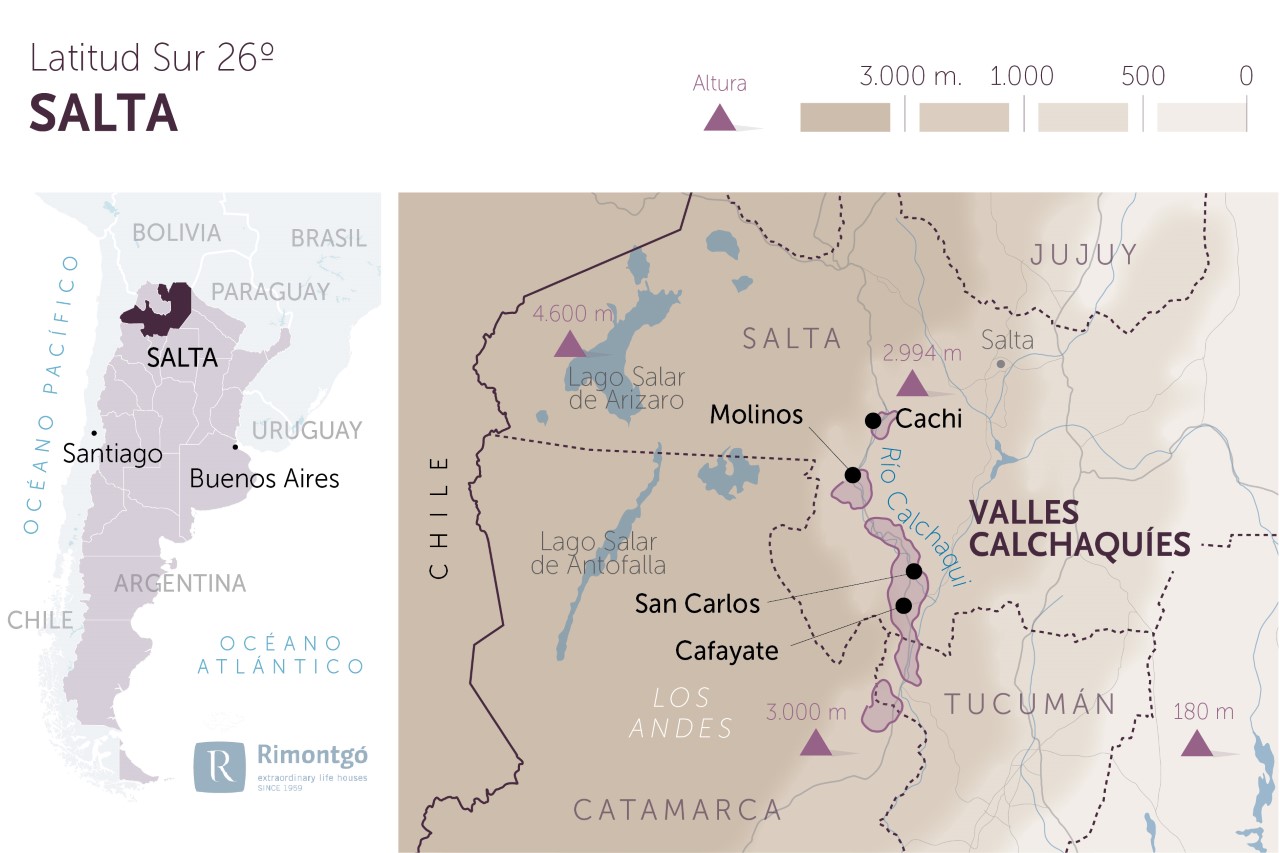
Change to imperial units (ft2, ac, °F)Change to international units (m2, h, °C)
Number of wineries (2017):
40
Total surface area:
3.365 ha8.315 ac
Altitude of the vineyards:
Min: 1.530m
Max: 3.111m
Min: 5.020ft
Max: 10.207ft
Temperature:
Average: 15º59°F
Yearly rainfall:
203 l/m219 l/ft2
Designation of Origin Salta
LOCATION AND HISTORY
Within Salta's designation of origin, the main wine production centre is located in the so-called Calchaquí Valleys, an area shared between the province of Salta and the provinces of Tucumán and Catamarca. The activity of the wineries in Salta is marked by the important presence of vineyards located at a considerable height above sea level. The cultivated area begins at 1,530 meters and reaches 3,111 meters in Payogasta (province of Cachi). Specifically, the Calchaqui valleys include the towns of La Poma, Cachi, Molinos, San Carlos and Cafayate in the province of Salta.
Within the area of the Calchaquí Valleys the point that gathers a greater production is the city of Cafayate, around which a great number of the wineries included within this wine region are located. Since 2000, there has been a significant increase in the surface area dedicated to the cultivation of vineyards in the Salta region, a fact that must be added to the progressive modernisation of production thanks to the economic investment by the wineries present in this wine region. There are currently more than 2,600 hectares dedicated to vine plantations in the DO Salta. The influence of wine production from the designation of origin Salta on Argentina's total domestic production is, for the moment, small (approximately 1% of the total), but important in terms of quality and international exports. The wine produced in this Argentine DO accounts for around 15% of total exports and the wineries within the DO Salta export more than 1.2 million bottles annually to over thirty countries.
SOILS
The area dedicated to wine production in the Designation of Origin of Salta is bathed by the waters of the rivers Santa María and Calchaquí, which make possible proper irrigation of the vineyards. The soils in this wine region are sandy or sandy-loam with a high proportion of fine sand, whose characteristic is easy drainage. The profile is deep with a somewhat stony subsoil which ensures excellent permeability.
CLIMATE
The climate present in the city of Cafayate and its surroundings is characterised by being hot (temperatures that can reach 38º), with cold and dry nights in which there is a marked drop in temperatures, with thermometers reaching 12º. It is a semi-desert valley where rainfall is very low, has 330 days of sunshine a year and intense solar radiation enhanced by the effect of altitude. The long summers allow the vines to grow well, the thermal amplitude produces a great complexity of aromas and a very marked acidity and this solar proximity due to the altitude of the highest vineyards on earth is manifested in the accentuated amount of dry extract that the Calchaquí wines possess. The combination of climate and soil typology influences the production of wines with intense, ripe tannins and high alcohol levels.
The climate in Salta is logically warmer than in Mendoza due to the more northern latitude. However, due to the altitude of the area, close to 2,000 m high on average, the climate is as cold as in the south of the Uco Valley, one of the highest areas in Mendoza.
TYPE OF GRAPE
The Torrontés variety is the most popular white grape in Argentina and consequently the most cultivated. This variety has three types: Torrontés Riojano, Torrontés Mendocino and Torrontés Sanjuanino. The Torrontés variety has found its maximum expression in the Designation of Origin of Salta thanks to the wineries located near the city of Cafayate where the Torrontés Riojano is especially cultivated, which together with the Torrontés Sanjuanino come from the crossing of the Muscat of Alexandría and Criolla Chica varieties (a variety used by the Spanish monks to make rosé wine for mass). However, Torrontés Mendocino is a totally different variety.
The climate in this wine region has a notable influence as the days are really hot, so the predominant cultivation system in this region is the vine arbour in order to avoid possible abrasion of the grapes. After Torrontés, the designation's most popular varieties are Chardonnay, Chenin and Cabernet Sauvignon, although in recent years there has been a strong commitment to introducing Malbec grapes, which has led to significant growth in the region's red wine production. To a lesser extent, other varieties grown in the DO Salta are Cabernet Franc, Syrah, Tempranillo, Tannat and Bonarda.
Discover more wineries and vineyards for sale in these wine regions in Argentina
Subscribe to our mailing list to receive news about wineries and vineyards.

